Deputy Prime Minister Tran Hong Ha: Regional planning is an important tool for the Regional Council to effectively coordinate activities - Photo: VGP/Minh Khoi
The North Central and Central Coast regions have an important geo-economic and geopolitical position, rich marine and tourism resources, and a number of important socio-economic infrastructures. The economic growth rate over the past 10 years has been above the national average (6.9%/year). In addition, the North Central and Central Coast regions are part of a strong national strategy for marine economy, and a number of important infrastructures will be invested in the future.
However, the economic scale of the region is still small, the economic growth rate tends to decrease, is not uniform among localities, and competitiveness is not high. The economic structure is still slow to shift, lacking large-scale, dynamic investment projects. The urbanization rate and urban quality are still low. Central cities have not yet promoted their role as locomotives and driving forces for regional development. The labor market is slow to develop, and the quality of human resources is not high. The potential and advantages of the region, especially the marine economy , have not been exploited properly and effectively, lacking connecting and shared infrastructure.
Minister of Planning and Investment Nguyen Chi Dung said that the North Central and Central Coastal Region Planning is built on the perspective of focused, key development, giving priority to marine economic sectors; focusing on a number of areas with favorable conditions in terms of geographical location, socio-economic infrastructure, as well as high-quality human resources and other potentials and advantages in the period up to 2030; then gradually developing in a harmonious, sustainable and balanced manner between regions, areas and localities.
The development space of the North Central and Central Coast regions is associated with three sub-regions: North Central (Thanh Hoa, Nghe An, Ha Tinh, Quang Binh, Quang Tri), Central Central (Thua Thien Hue, Da Nang, Quang Nam, Quang Ngai, Binh Dinh), and South Central (Phu Yen, Khanh Hoa, Ninh Thuan, Binh Thuan).
"The planning has identified advantageous economic sectors, linked to the development space of each sub-region and the whole region such as petrochemical refining, metallurgy, renewable energy, tourism, agriculture, services... on the basis of linkages between industrial parks, coastal economic zones, marine economic sectors and coastal urban systems," Minister Nguyen Chi Dung said.

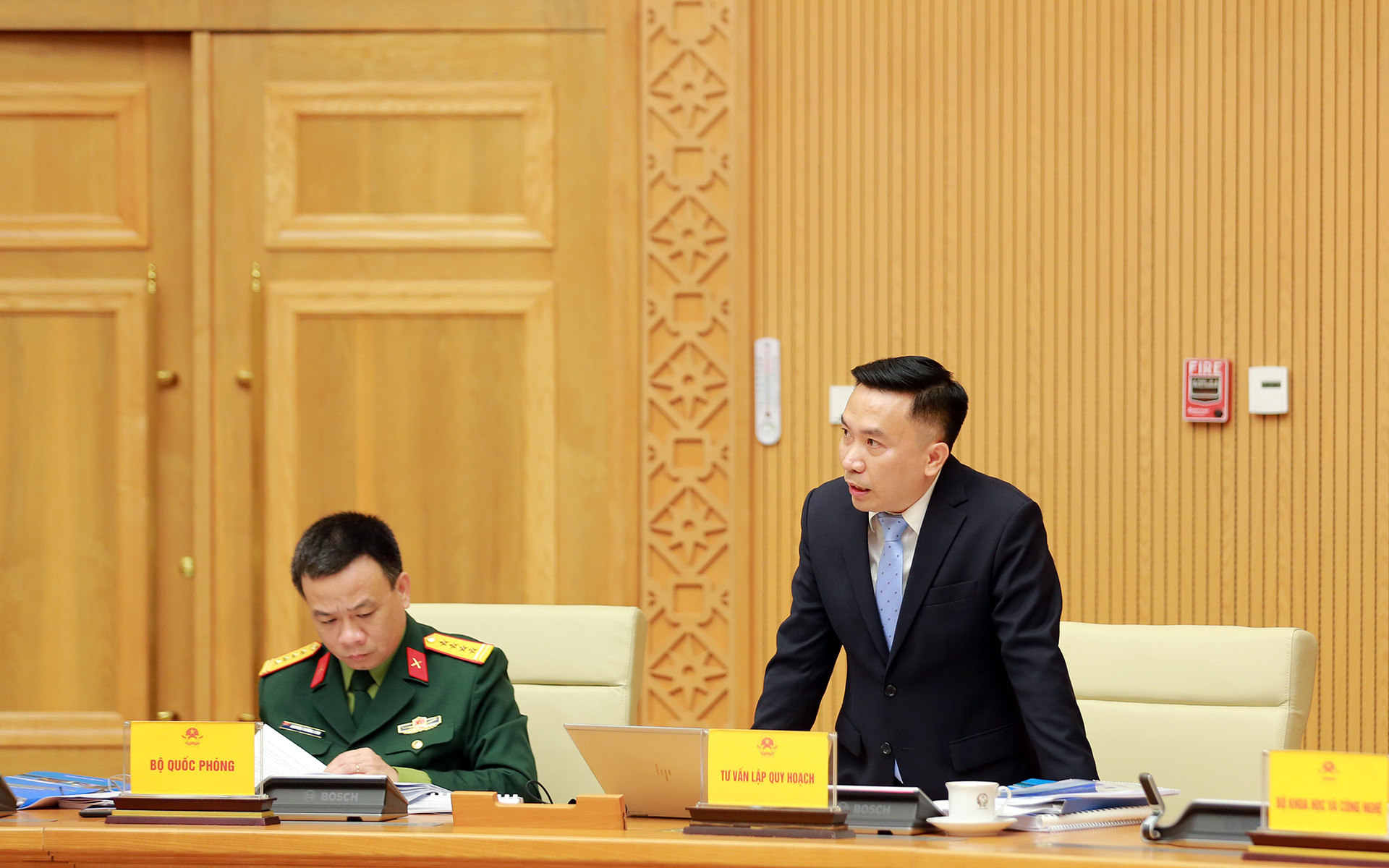
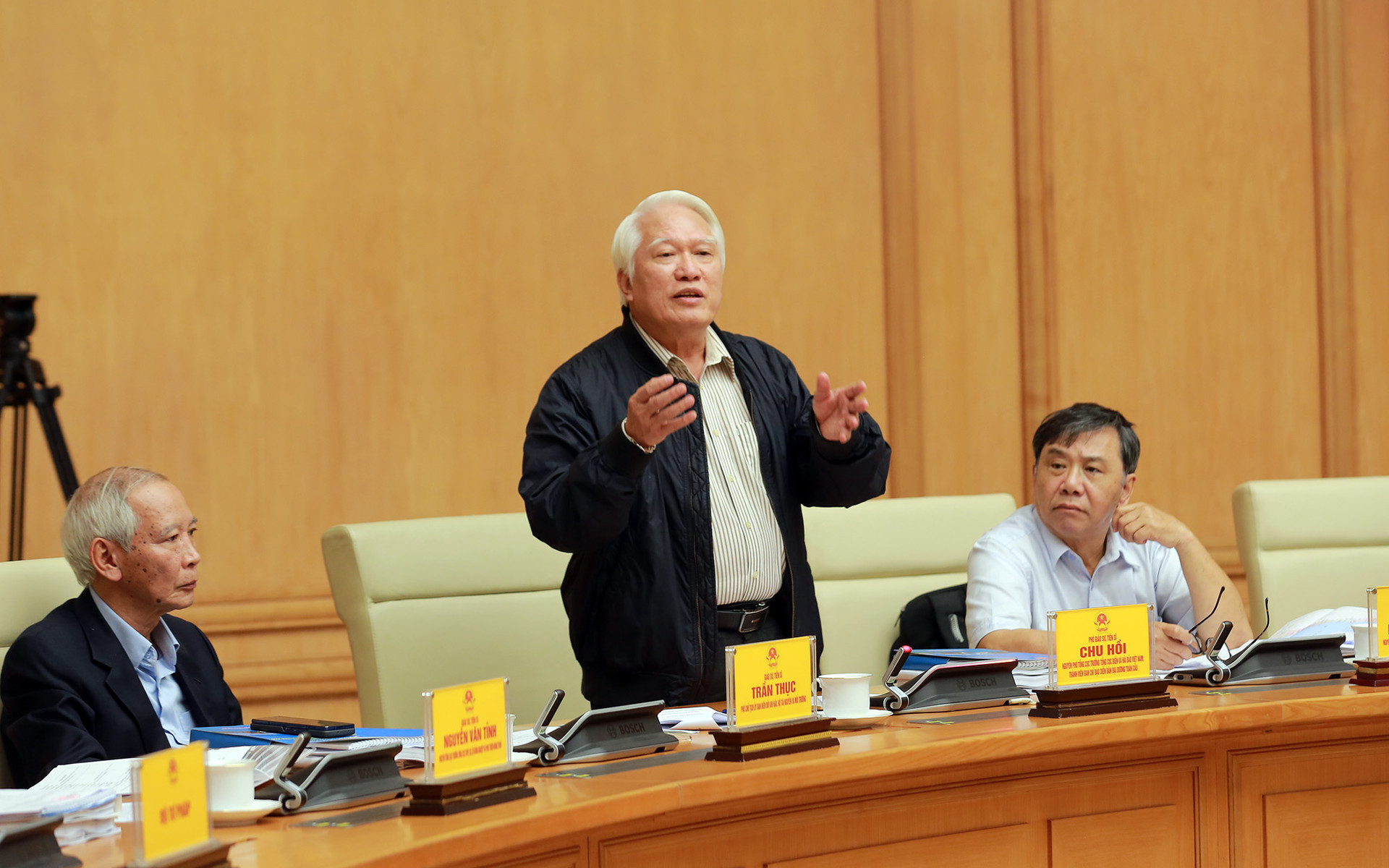
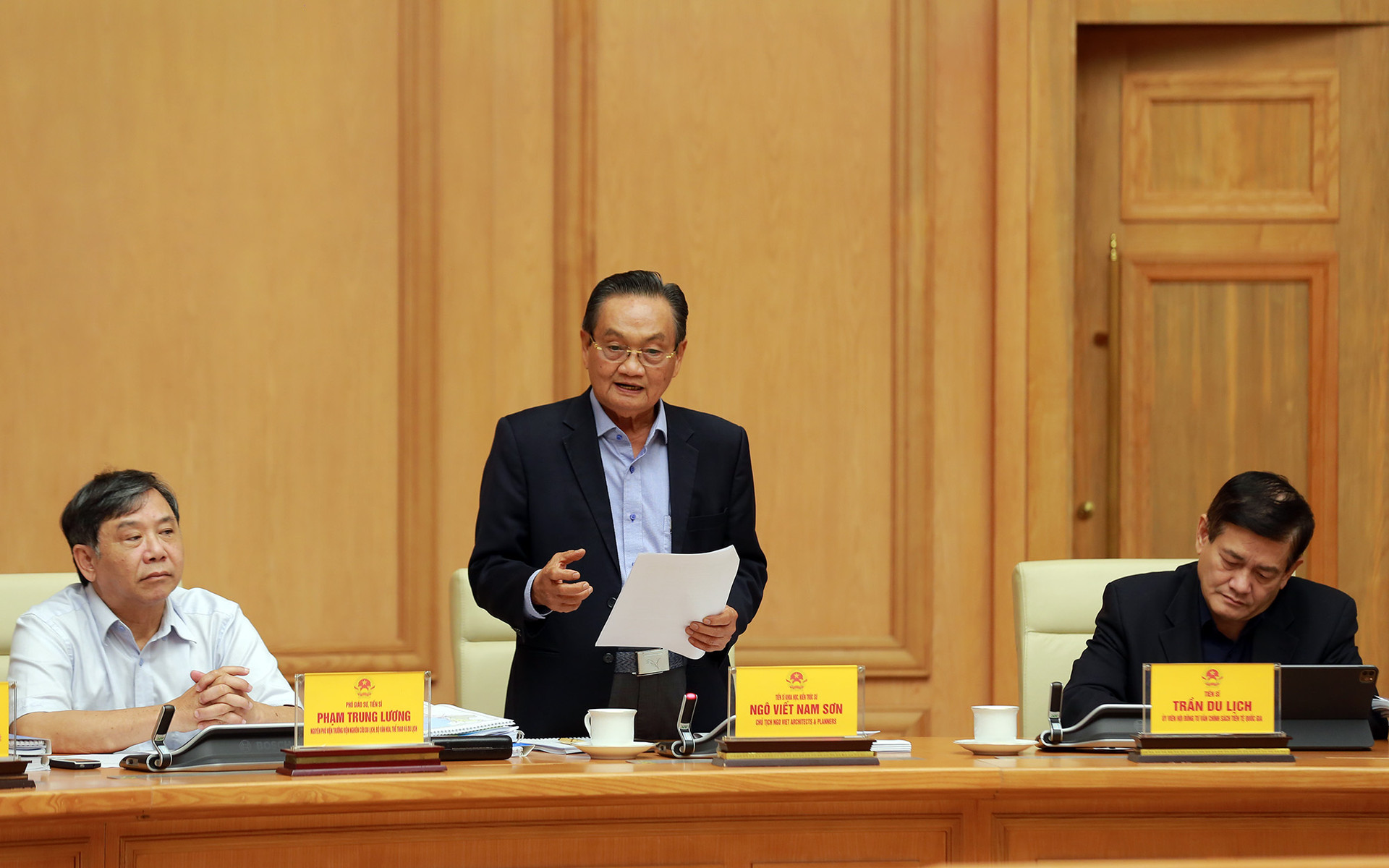
Leaders of the Ministry of Planning and Investment, the planning consulting unit and reviewers spoke at the meeting - Photo: VGP/Minh Khoi
Some economic indicators stated in the Plan are annual economic growth rate of 7.5-8.0%/year; the proportion of processing and manufacturing industry accounts for 30%; digital economy reaches 30% of total product income in the area (GRDP)...
The urban system in the region is developed in a multi-center direction, linked with the public transport system, economic zones, industrial zones, etc. Rural residential areas are organized in association with the restructuring of agricultural production in accordance with the natural and cultural conditions of each ecological sub-region, ensuring long-term safety and adaptation to climate change.
Economic zones and industrial parks are developed in a sustainable, smart, and environmentally friendly manner, with full social infrastructure and modern technical service functions; new establishment is limited when existing industrial zones and economic zones are not yet filled.
Regarding technical infrastructure, the transport network is developed synchronously, promoting the advantages of transport modes, minimizing logistics costs, in which priority is given to the eastern North-South expressway, coastal roads; high-speed railway; seaports with the potential to become special seaports; upgrading, renovating and improving the efficiency of existing airports...
In the future, the North Central and Central Coast regions will become national renewable energy centers associated with industrial ecosystems and renewable energy services, with smart energy transmission systems...
The plan also sets out development orientations for tourism development areas, research and training, culture, sports, concentrated production, conservation and development restriction; telecommunications and information technology infrastructure, water supply and drainage, disaster prevention and climate change response, etc.
At the meeting, the reviewers of the Appraisal Council contributed many valuable and dedicated opinions to complete the Planning of the North Central and Central Coast regions.
Associate Professor, Dr. Chu Hoi, an expert on seas and islands, suggested that the consulting unit establish a plan to clarify the organization of specific spaces in the development of marine economic sectors; and promote the uniqueness of the coastal landscape advantages of the region.
Meanwhile, Associate Professor, Dr. Tran Du Lich, an economic expert, said that the Plan must highlight the factors that form the regional and sub-regional economy, not the "addition" of local plans. "The economy of the region and sub-region can only develop when there is a connection with neighboring localities, especially with the Central Highlands, through the "fishbone" traffic axis. Green transformation and digital transformation will be breakthrough factors in the development of the North Central and Central Coast regions," Dr. Tran Du Lich shared.
Agreeing with this opinion, architect Ngo Viet Nam Son, an expert in architecture and planning, emphasized the importance of highways, as well as the role of central cities in developing service industries, digital economy, and training high-quality human resources.
Deputy Prime Minister Tran Hong Ha requested the Ministry of Planning and Investment to study and absorb opinions and complete the planning of the North Central and Central Coast regions to achieve the highest quality and practicality - Photo: VGP/Minh Khoi
Deputy Prime Minister Tran Hong Ha emphasized that the planning of the North Central and Central Coast regions has been carefully and methodically prepared to implement the National Master Plan for the 2021-2030 period, with a vision to 2050.
"For many years, the formation of economic zones as well as the issue of regional connectivity have been raised, but we need specific guiding documents to promote the competitive advantages and combined strength of localities in the region in economic development. Regional planning is an important tool for the Regional Council to effectively coordinate activities," said the Deputy Prime Minister.
The Deputy Prime Minister requested the Ministry of Planning and Investment to study and absorb the comments at the meeting, and complete the North Central and Central Coastal Region Planning to achieve the highest quality and practicality.
Previously, at the first meeting of the North Central and Central Coastal Coordination Council on August 12, Deputy Prime Minister Tran Hong Ha requested that the Regional Planning must demonstrate new thinking on synchronous development of all types of transport infrastructure and renewable energy centers to form industrial parks and urban areas; effectively regulate investment resources to ensure the growth goals and quality of localities and the entire region.
The Deputy Prime Minister also requested to integrate into regional planning the contents of education, vocational training, healthcare, energy, research and development... in the direction of forming regional and national centers; planning centers for energy development, offshore aquaculture, fishing logistics, wind power... in advantageous sub-regions.
At the same time, the Planning needs to provide a list of investment projects with the consensus of localities, carefully prepared to be ready for implementation when budget resources are available.
Source


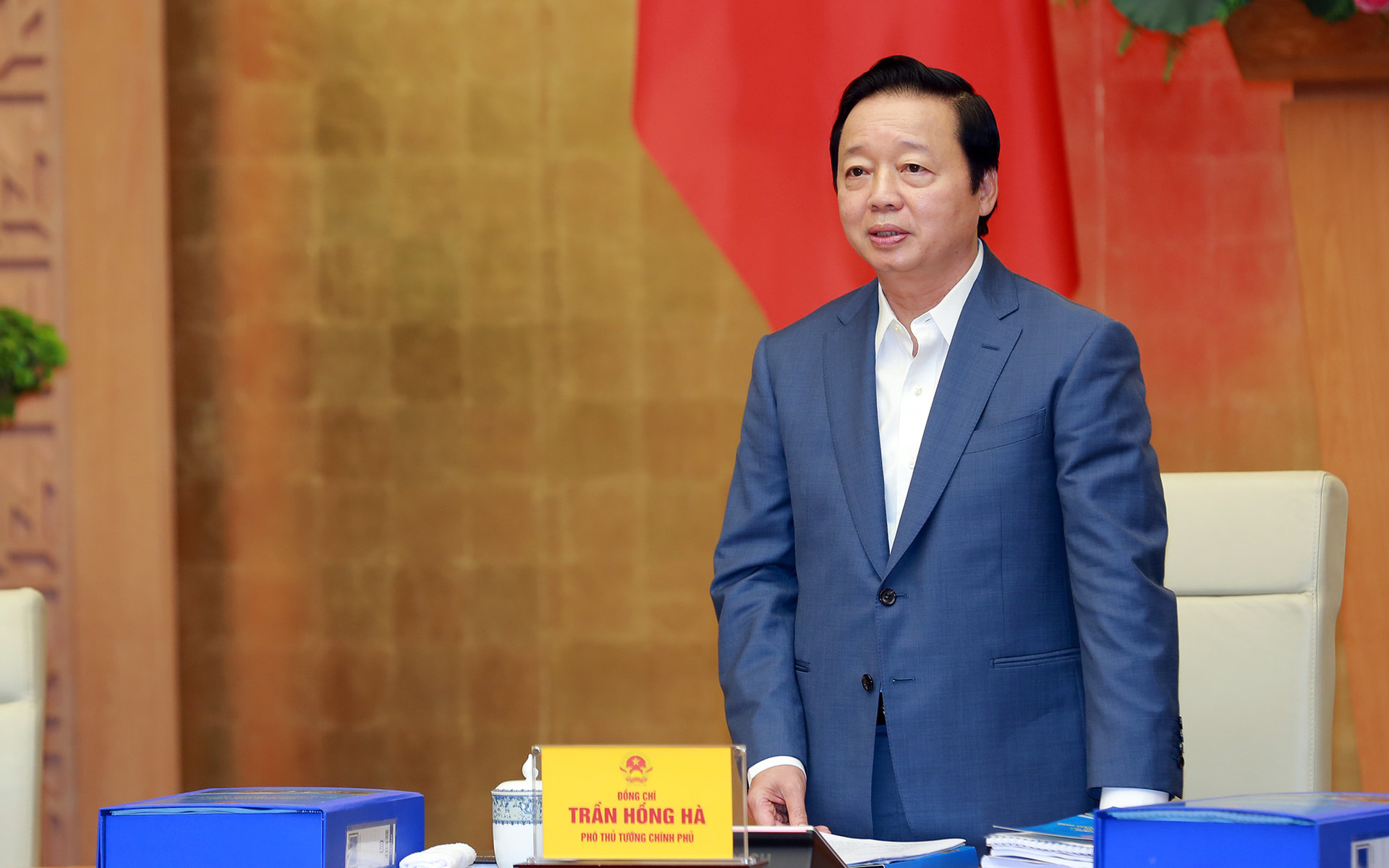
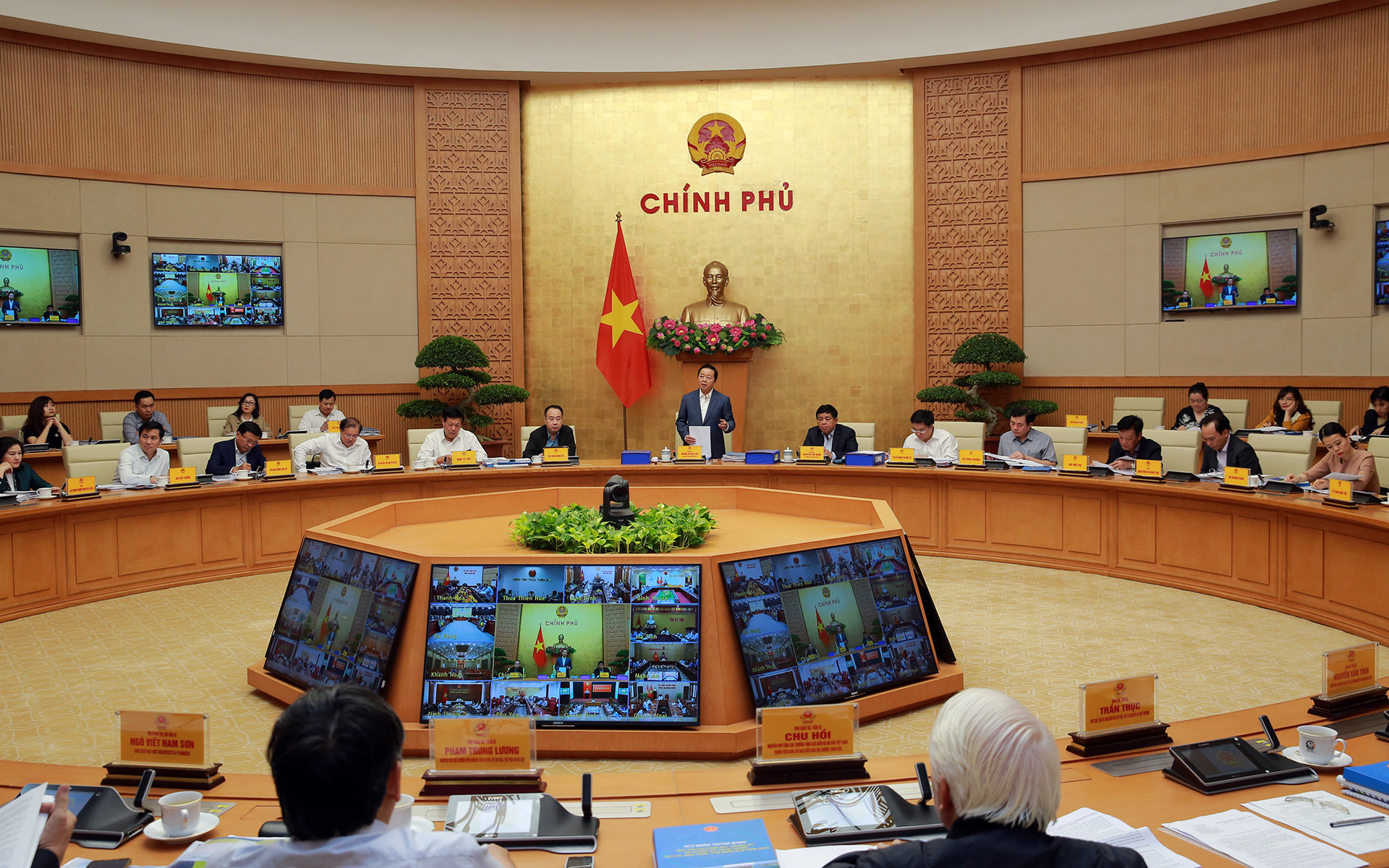
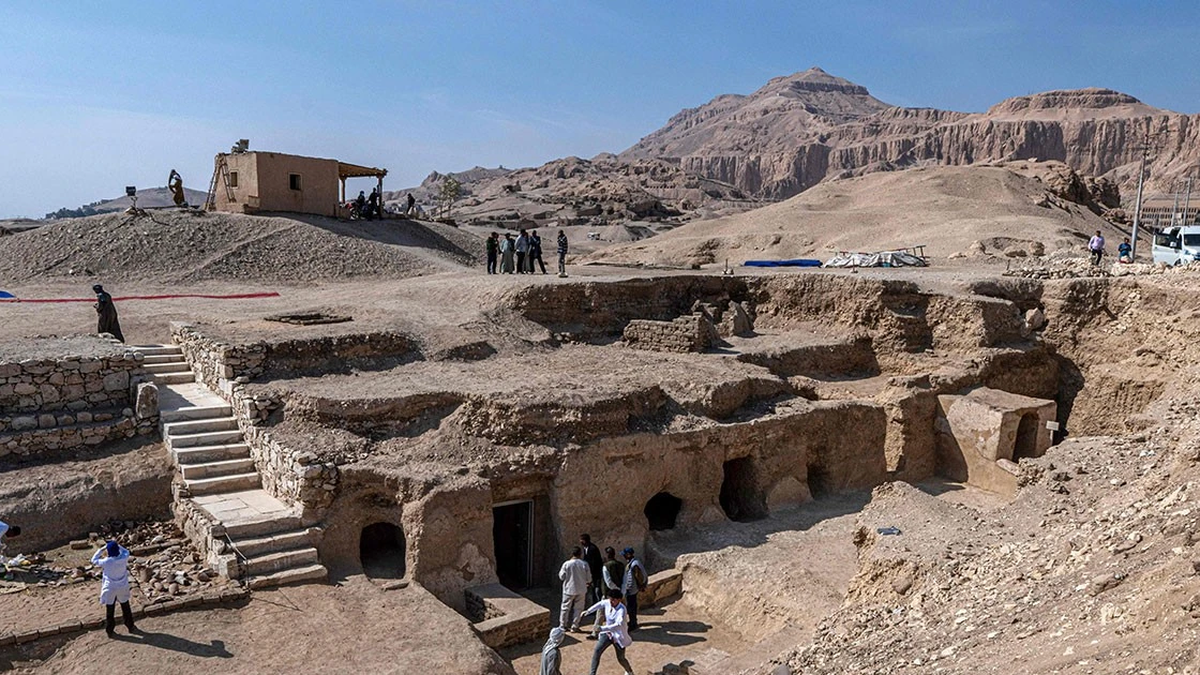


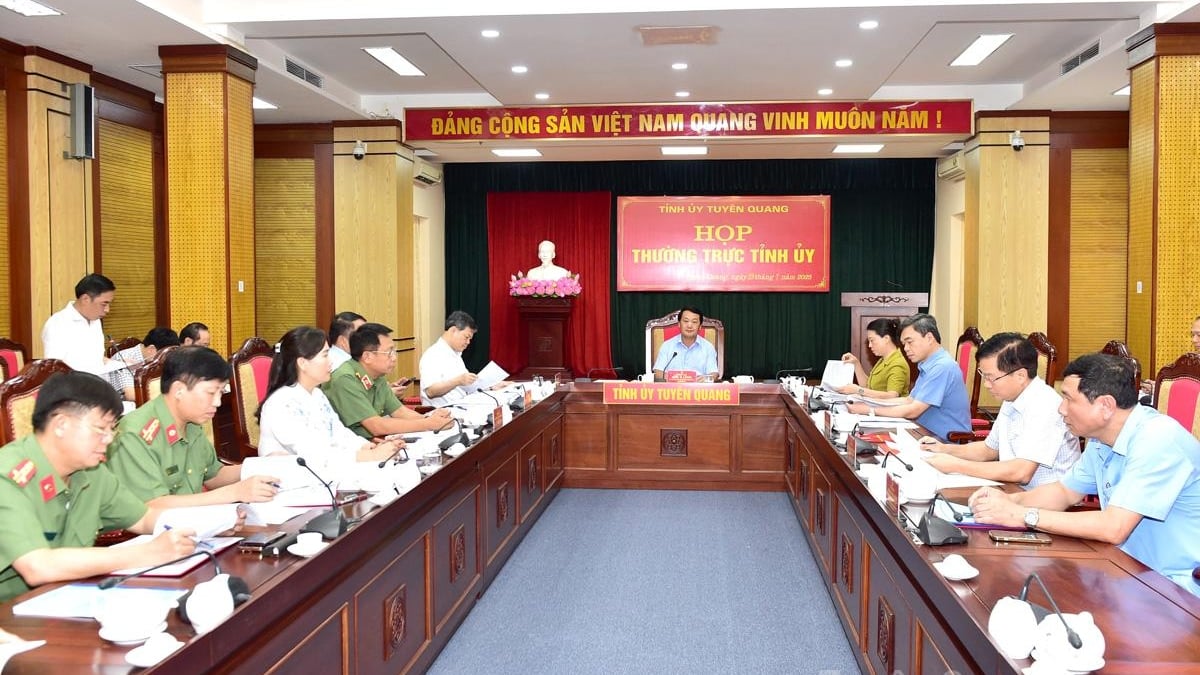


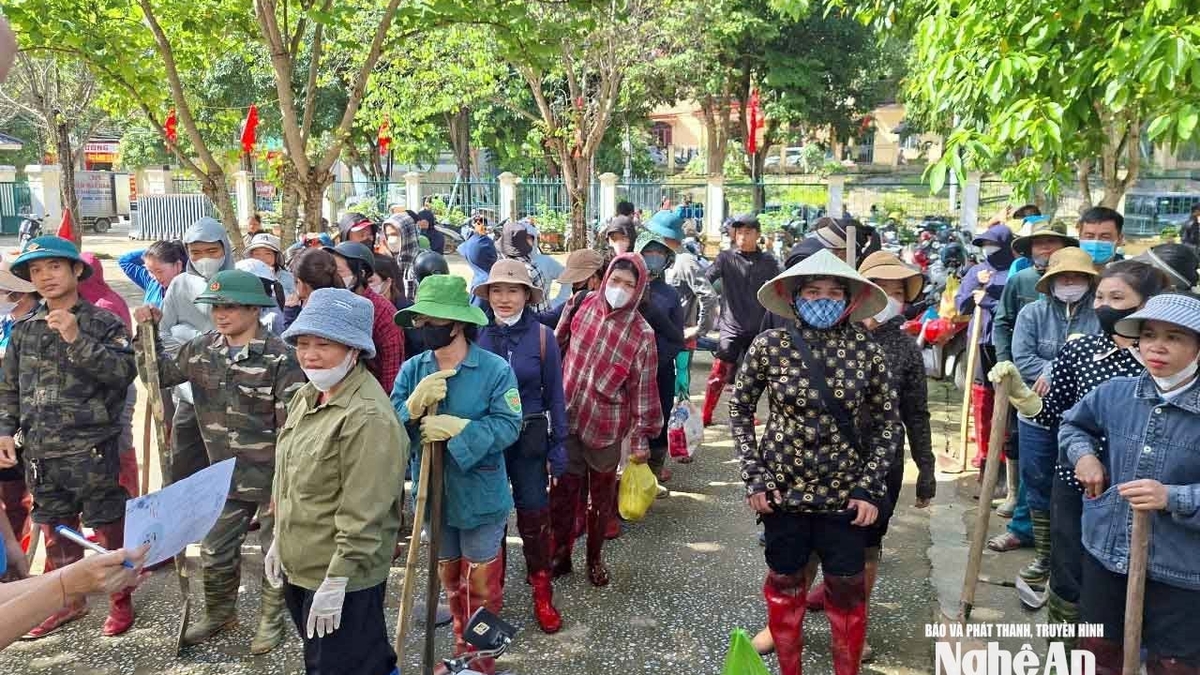

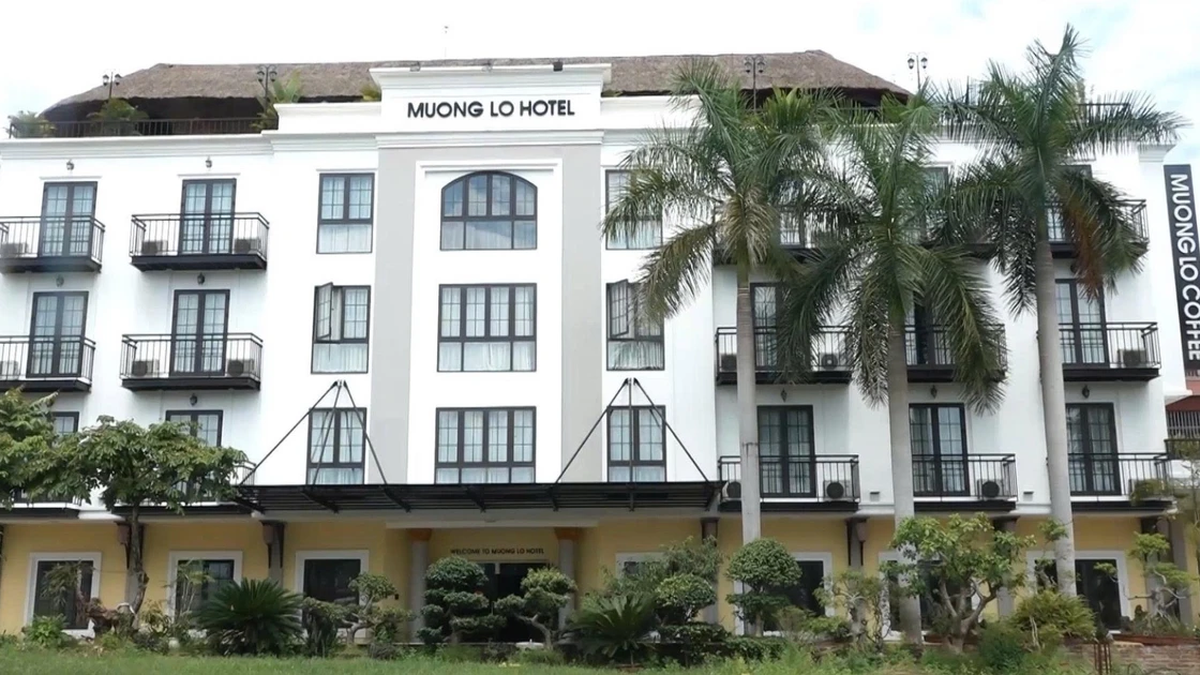












![[Photo] National Assembly Chairman attends the seminar "Building and operating an international financial center and recommendations for Vietnam"](https://vphoto.vietnam.vn/thumb/1200x675/vietnam/resource/IMAGE/2025/7/28/76393436936e457db31ec84433289f72)












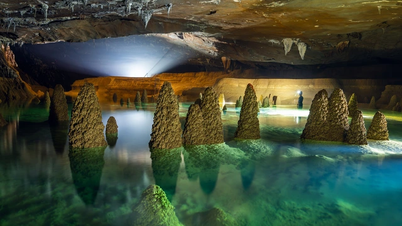





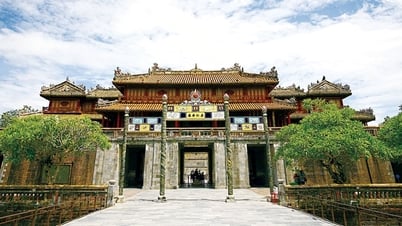







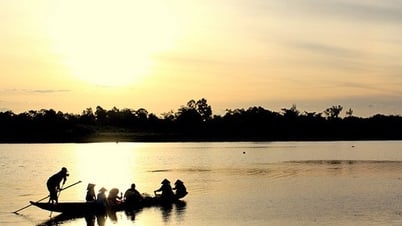











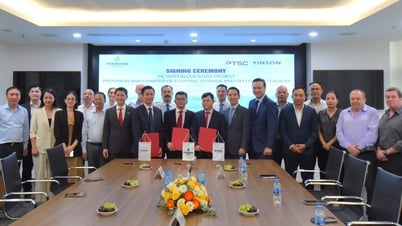

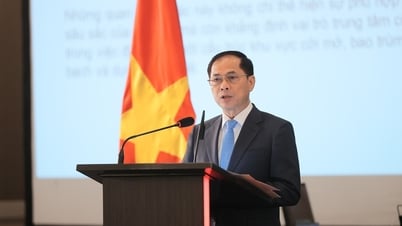







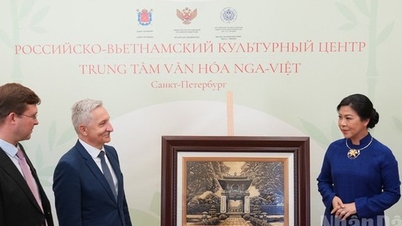

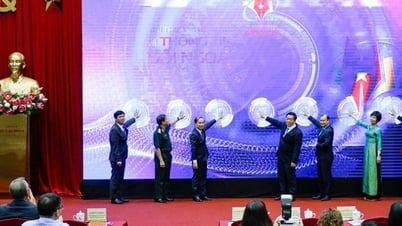
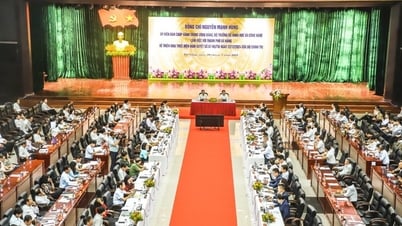
























Comment (0)